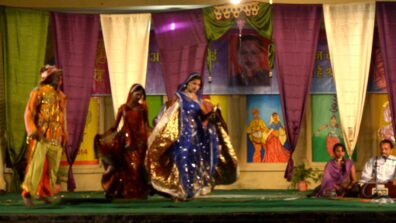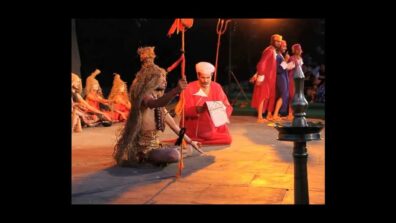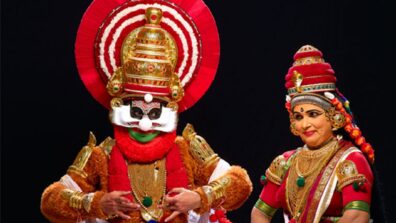Bhand Pather
Some of the Prominent Folk Drama forms Prevalent in India
The drama has been a pivotal source of interpersonal communication which reflected the social-political reality of their era in which they are portrayed. Here a very rich and illustrious history of folk theatre exists and Sanskrit drama marked the beginning of theatre age in India which was staged at special festivals or events. In 18 century, the Tamasha folk theatre became powerful after receiving patronage from the Peshwa of Maratha Kingdom. There was an absence of urban theatre in most of the Indian cities except the metropolitan cities. So, folk theatre became the m | Click Here...
Bhand Pather: The traditional folk theatre in Kashmir
It belongs to the oral tradition in which the scripts are handed down from one generation to the other following Guru Shishya Parampara. Only the scripts and the themes of the theatre remains old, the performances are always new as it is manifested in the new space and time. The plays of the Bhands are called pather, a word that must have been derived from Patra, a dramatic character. Bhand comes from the Bhavana, a satirical and realistic drama that is generally a monologue. It has been mentioned in Bharata's Natya Shastra too. The bhand actors are skill-fully roped in the pl | Click Here...
Everything you should know about the traditional folk theatre forms in India
Like every other art form that can be found in India and other countries of the subcontinent, theatre has been evolving over the centuries. Indian theatre has been largely influenced by the invaders and migrants. This 5,000 year old culture can be broadly classified into three different phrases – classical, traditional and modern. Though the classical plays were built on the Sanskrit tales and epics and were presented via gestures, the traditional plays saw an infusion of regional languages that were emerging during those times. It was during the traditional era of theatre, that the pract | Click Here...



